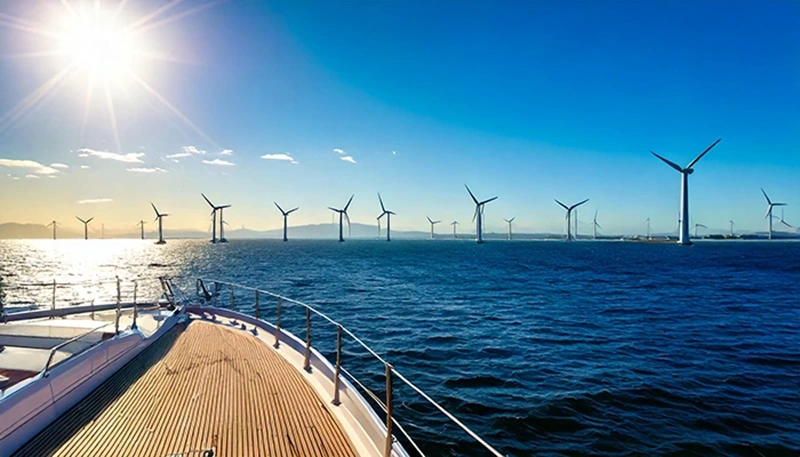- Non-locality: Effects distributed across time and space
- Interconnectedness: Complex relationships with countless variables
- Scale: Beyond human comprehension
- Temporal scope: Operating across generations
- Cognitive challenge: Resistant to traditional analysis

The hyper-object we all understand, Climate Change.
This is our first glimpse into understanding hyperobjects — phenomena so massive, so distributed across time and space, that they defy conventional human comprehension. Coined by philosopher Timothy Morton, the concept of hyperobjects helps us grasp why certain challenges, from climate change to national debt, have proved so resistant to traditional problem-solving approaches.
